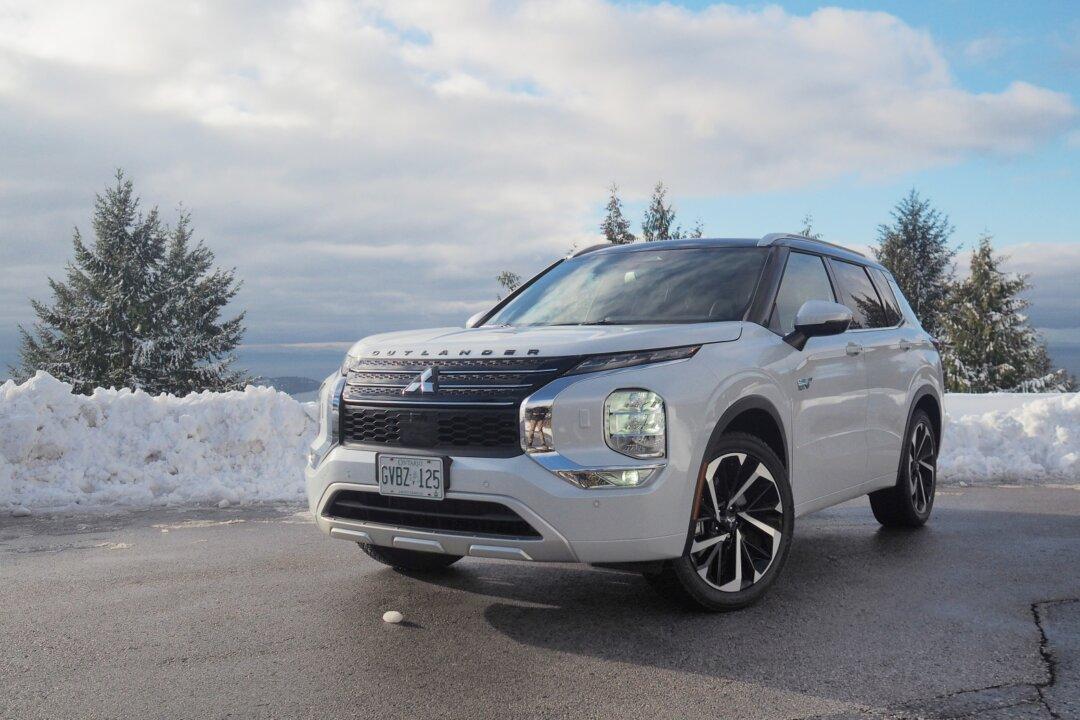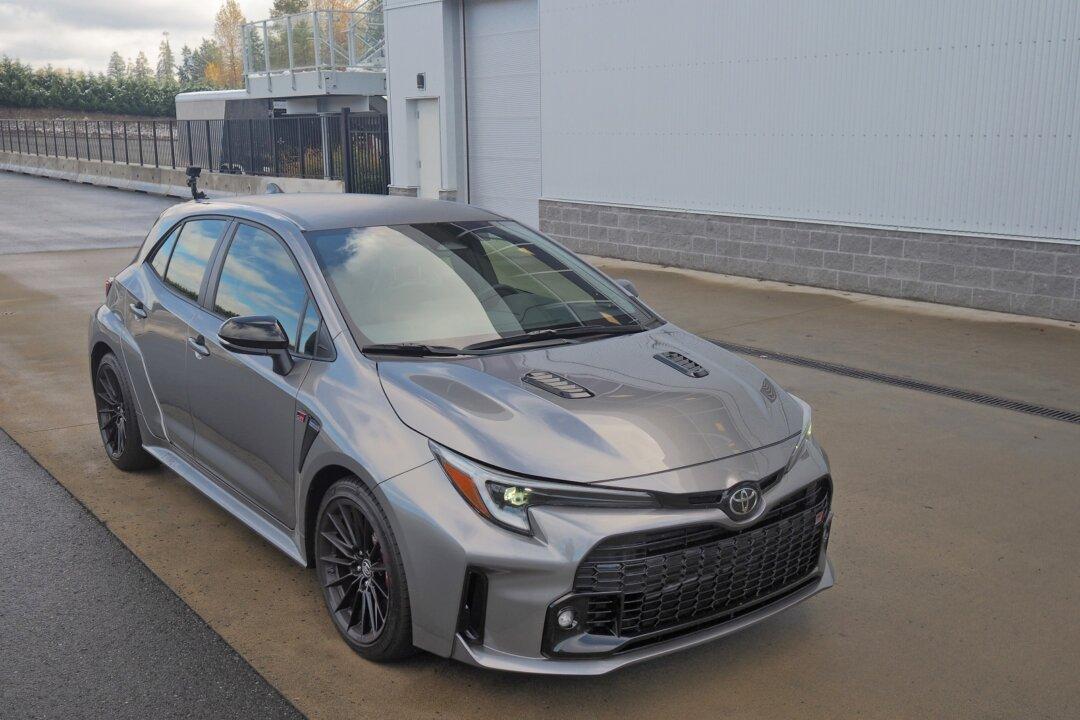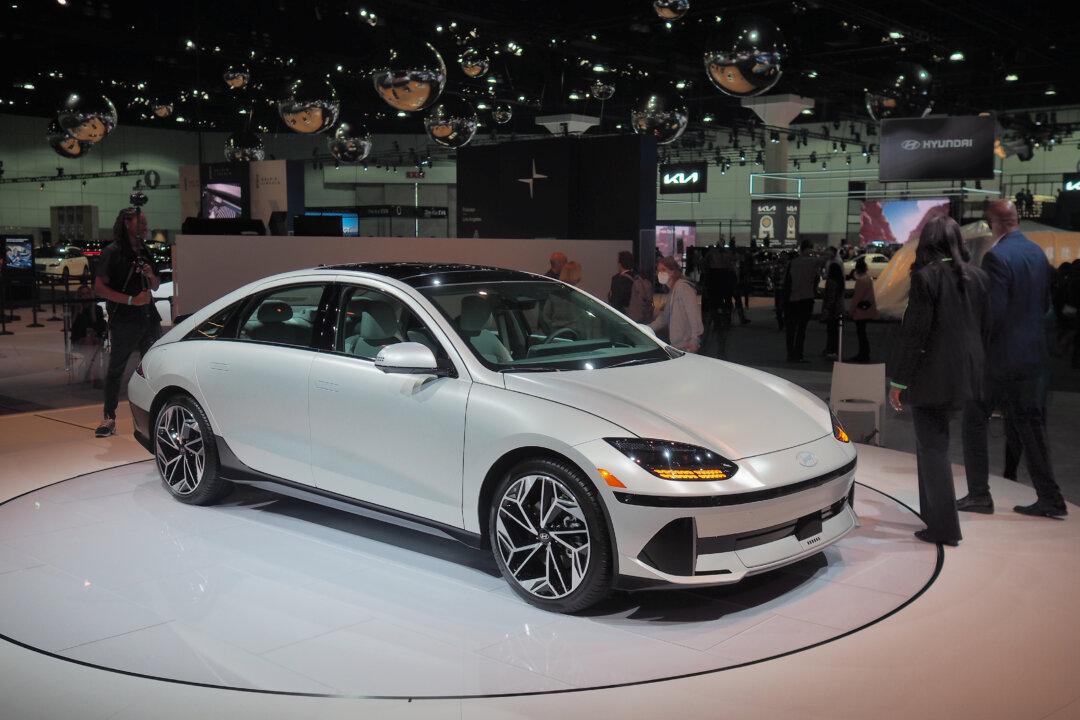Completely redesigned last year, the practical and sporty Honda Fit continues to make its mark in the 5-door subcompact segment and winning awards along the way.
Receiving the 2016 Editors’ Choice accolade from Car and Driver, which praised the roomy interior, cargo-carrying ability, fuel economy, and handling, most journalists, myself included, would agree wholeheartedly with the publication’s assessment.
The hatchback is one of my favourite form factors because of its versatility. It can squeeze in five passengers somewhat comfortably, the rear seats fold down (more on this later), and it plain looks great. The headlights are now integrated with a blacked-out front grille.
A neat feature that warrants mention is the Magic seats.





